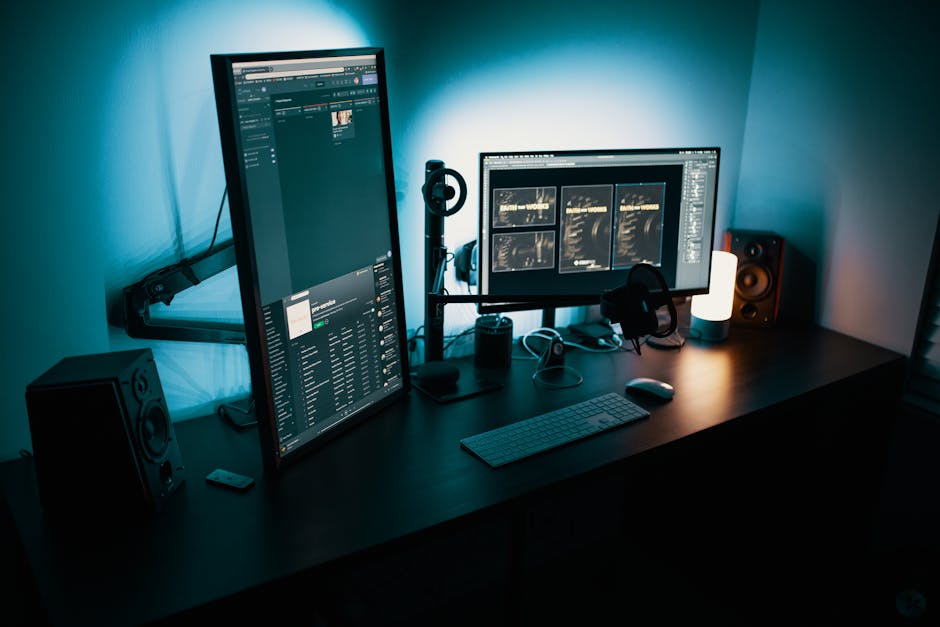Are you looking to take your optics skills to the next level? Whether you are a seasoned photographer, a hobbyist, or a professional in the field, mastering advanced optics techniques can greatly enhance the quality and creativity of your work. In this blog post, we will delve into proven strategies and expert tips that will help you unlock the full potential of optics in your craft.
Understanding the fundamentals of optics is crucial for any photographer or visual artist. Optics is the branch of physics that deals with the behavior of light and how it interacts with different mediums. In the world of photography, optics play a vital role in capturing images with clarity, sharpness, and desired effects. By mastering advanced optics techniques, you can manipulate light in creative ways to achieve stunning results.
One of the key strategies in mastering advanced optics is to familiarize yourself with the different types of lenses available and their specific characteristics. Prime lenses, zoom lenses, macro lenses, and specialty lenses each have their own unique features that can be leveraged to create diverse visual effects. Experimenting with different lenses and understanding their strengths and limitations will allow you to select the most suitable lens for each photographic situation.
Another important aspect of advanced optics mastery is understanding the concept of focal length and its impact on the composition of an image. Focal length determines the angle of view and magnification of a lens, influencing the perspective and depth of field in a photograph. By experimenting with different focal lengths, you can create images with varying levels of compression, distortion, and bokeh, adding depth and dimension to your compositions.
In addition to mastering the technical aspects of optics, developing a keen eye for light is essential for creating compelling and visually striking images. Paying attention to the quality, direction, and intensity of light can dramatically impact the mood and atmosphere of your photographs. Experimenting with natural light, artificial light sources, and light modifiers such as reflectors and diffusers can help you sculpt and control light to achieve your desired artistic vision.
To further enhance your optics skills, consider exploring advanced techniques such as focus stacking, lens filters, and creative lens effects. Focus stacking involves combining multiple images taken at different focal points to achieve a greater depth of field and sharpness in your final image. Lens filters, such as polarizers and neutral density filters, can help you control reflections, reduce glare, and enhance colors in your photographs. Creative lens effects, such as tilt-shift and lensbaby lenses, offer unique and artistic ways to distort and manipulate images for creative expression.
In conclusion, mastering advanced optics is a continuous journey of learning, experimentation, and creativity. By familiarizing yourself with different types of lenses, understanding focal length, developing a keen eye for light, and exploring advanced techniques, you can unlock the full potential of optics in your craft. Remember to practice regularly, think outside the box, and always strive to push the boundaries of your creativity. With dedication and perseverance, you can elevate your photography to new heights and create images that truly stand out.







